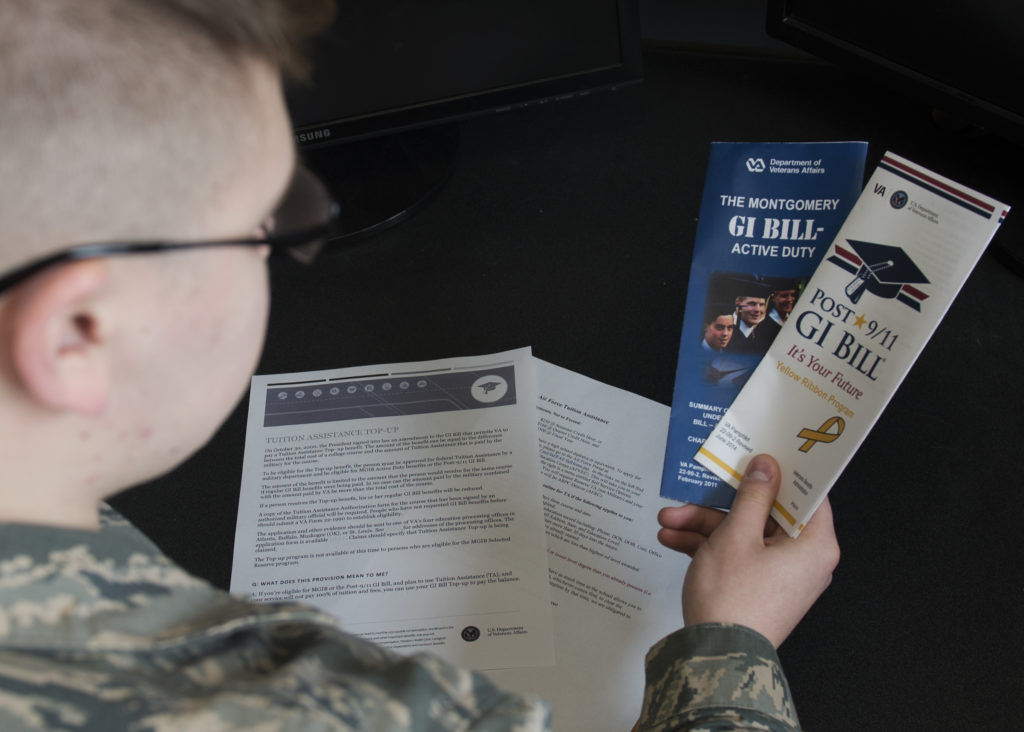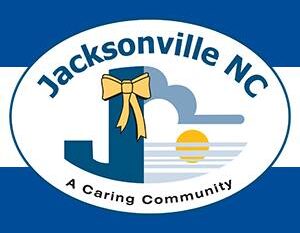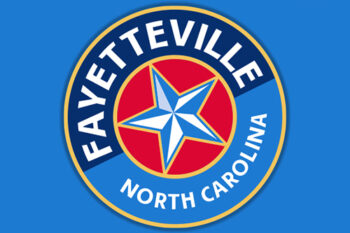
From GI Bill to Post-9/11: The Ultimate Overview
Find out everything you need to know about the Post-9/11 GI Bill, including the many different uses for the Post-9/11 GI Bill.

Find out everything you need to know about the Post-9/11 GI Bill, including the many different uses for the Post-9/11 GI Bill.

For many years, veterans with multiple terms of service have been compelled to make an irreversible decision if they qualify for more than one VA education benefit. Thanks to one soldier, times have changed. Due to a Supreme Court Decision, in some cases, some may be eligible to use the Montgomery G.I. Bill and the…

Discover Lake Tahoe BAH Rates, Housing, Education, & Cost-of-Living Find housing, employment, cost-of-living, and BAH rates for Lake Tahoe, CA. Listed below are BAH Rates, college and universities, cost-of-living information, school resources for children of military families, and things to see and do in the Lake Tahoe area. Some of the military installations that are…

Find housing, employment, cost-of-living, and BAH rates for Bakersfield, CA. Listed below are BAH Rates, college and universities, cost-of-living information, school resources for children of military families, and things to see and do in the Bakersfield area. Some of the military installations that are proximal to Bakersfield include: Edwards Air Force Base Naval Air Weapons…

Find housing, employment, cost-of-living, and BAH rates for Oakland, CA. Listed below are BAH Rates, college and universities, cost-of-living information, school resources for children of military families, and things to see and do in the Oakland area. Some of the military installations that are proximal to Oakland include: Defense Logistics Agency Joaquin Travis Air Force…

Find housing, employment, cost-of-living, and BAH rates for Fresno, CA. Listed below are BAH Rates, college and universities, cost-of-living information, school resources for children of military families, and things to see and do in the Sacramento area. Some of the military installations that are proximal to Fresno include: Travis Air Force Base Naval Air Weapons…

Find housing, employment, cost-of-living, and BAH rates for Sacramento, CA. Listed below are BAH Rates, college and universities, cost-of-living information, school resources for children of military families, and things to see and do in the Sacramento area. Some of the military installations that are proximal to Sacramento include: Travis Air Force Base U.S. Army Garrison…

Discover San Francisco BAH Rates, Housing, Education, & Cost-of-Living Find housing, employment, cost-of-living, and BAH rates for San Francisco, CA. Listed below are BAH Rates, college and universities, cost-of-living information, school resources for children of military families, and things to see and do in the San Francisco area. San Francisco Housing San Francisco is known…

Discover Lancaster BAH Rates, Housing, Education, & Cost-of-Living Find housing, employment, cost-of-living, and BAH rates for Lancaster, CA. Listed below are BAH Rates, college and universities, cost-of-living information, school resources for children of military families, and things to see and do in the Lancaster area. Lancaster is a small city located about an hour North…

Find housing, employment, cost-of-living, and BAH rates for San Diego, CA. Listed here are BAH Rates, college and universities, cost-of-living information, school resources for children of military families, and things to see and do in the San Diego area.

Discover Pittsburgh BAH Rates, Housing, Education, & Cost of Living BAH Rates for Pittsburgh, PA Find housing, employment, cost-of-living, education, and BAH rates for Pittsburgh, PA. Below are BAH Rates, college and universities, cost-of-living information, school resources for children of military families, and things to see and do in the Pittsburgh area. Pittsburgh is the…

Updated April 29 2024: The Department of Veterans Affairs has updated its approval policies to cover other-than honorable discharges and similar military discharges that previously did not qualify for VA healthcare benefits. If you applied in the past but were denied benefits due to the nature of your military discharge, apply for benefits again as…

Find housing, employment, cost-of-living, and BAH rates for Goldsboro, NC. Listed below are BAH Rates, college and universities, cost-of-living information, school resources for children of military families, and things to see and do in the Goldsboro, NC area.

Find housing, employment, cost-of-living, and BAH rates for Jacksonville, North Carolina. Listed below are BAH Rates, college and universities, cost-of-living information, school resources for children of military families, and things to see and do in the Jacksonville area. The military installations near Jacksonville include: Camp Lejeune Marine Corps Air Station New River Jacksonville NC BAH…

Discover Fayetteville BAH Rates 2024, Housing, Education, & Cost of Living Find housing, employment, cost-of-living, and BAH rates for Fayetteville, NC. Listed below are BAH Rates, college and universities, cost-of-living information, school resources for children of military families, and things to see and do in the Fayetteville area. The military installations near Fayetteville include: Fort…

In 1990, President George H.W. Bush stated, “The GI Bill changed the lives of millions by replacing old roadblocks with paths of opportunity.” The GI Bill has grown along with the country and helped fortify the United States, encouraging a stronger and more educated community through making higher education degrees, field-specific training, and affordable housing…

Find housing, employment, cost-of-living, and BAH rates for Oklahoma City, OK. Listed here are BAH Rates, college and universities, cost-of-living information, school resources for children of military families, and things to see and do in the Oklahoma City area.

Discover Philadelphia BAH Rates, Housing, Education, & Cost-of-Living Find housing, employment, cost-of-living, and BAH rates for Philadelphia, PA. Rates can be found in the are BAH Rates calculator, and you’ll also find college and universities, cost-of-living information, school resources for children of military families, and things to see and do in the Philadelphia area. Philadelphia…

Discover Omaha BHA Rates, Housing, Education, & Cost of Living Find housing, employment, cost-of-living, and BAH rates for Omaha, NE. Listed below are BAH Rates, college and universities, cost-of-living information, school resources for children of military families, and things to see and do in the Omaha area. Some of the military installations in Nebraska include: …

Discover BAH Rates, housing, employment, education, cost-of-living info, school resources for military families for San Antonio, TX.

There are many ways to use military benefits to pay for higher education. You may qualify for in-state tuition rates attending school using the GI Bill, Veteran Readiness and Employment, and in some cases, the Survivors’ and Dependents’ Educational Assistance (DEA). Learn more.

Find housing, employment, cost-of-living, education for school-age children, colleges, and BAH rates for Colorado Springs, CO.

Is the GI Bill offered to members of the National Guard and the Reserve? Qualifying for the GI Bill means serving a minimum time in uniform. If you meet those requirements, depending on when you joined and the type of military service you performed, you may qualify for the Montgomery GI Bill or the Post-9/11…

If you’ve used some of your GI Bill benefits, you may need to know how much time remains before your GI Bill expires. Learn more.

Which GI Bill is better? There is no single answer to this question as much depends on the student’s needs, circumstances, and educational goals. It’s better to compare GI Bill programs and options side-by-side to see which features are most important. Learn more.